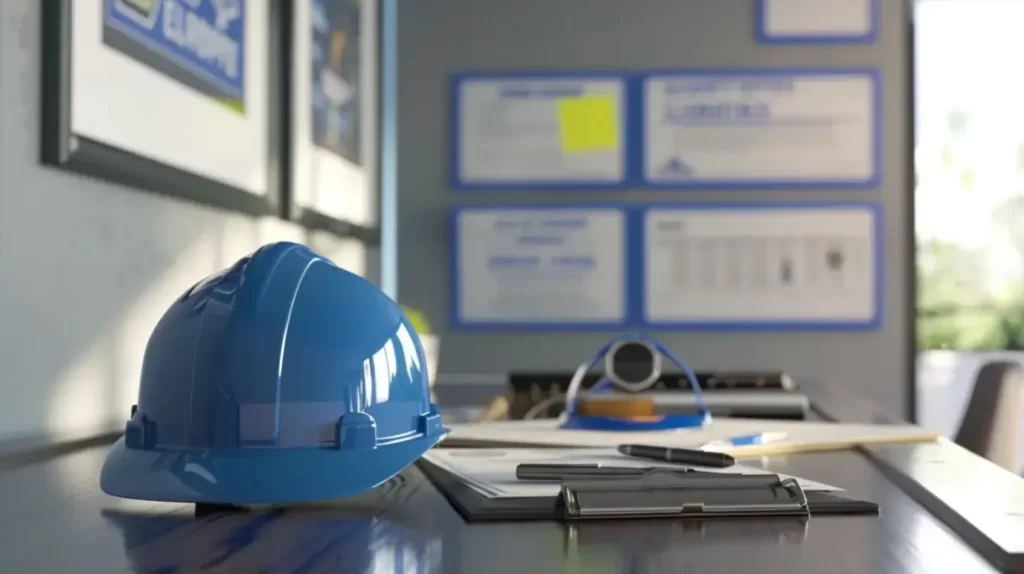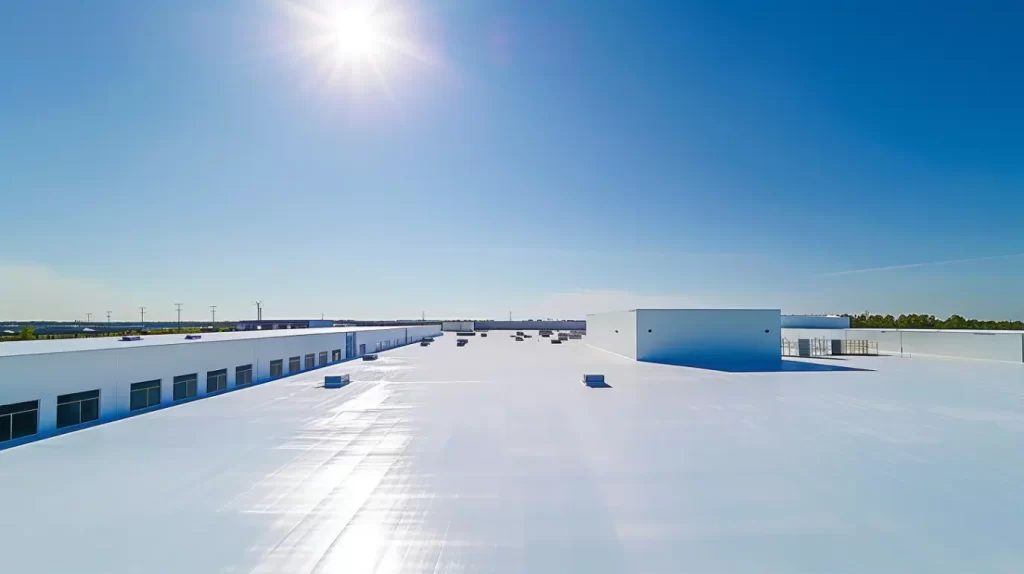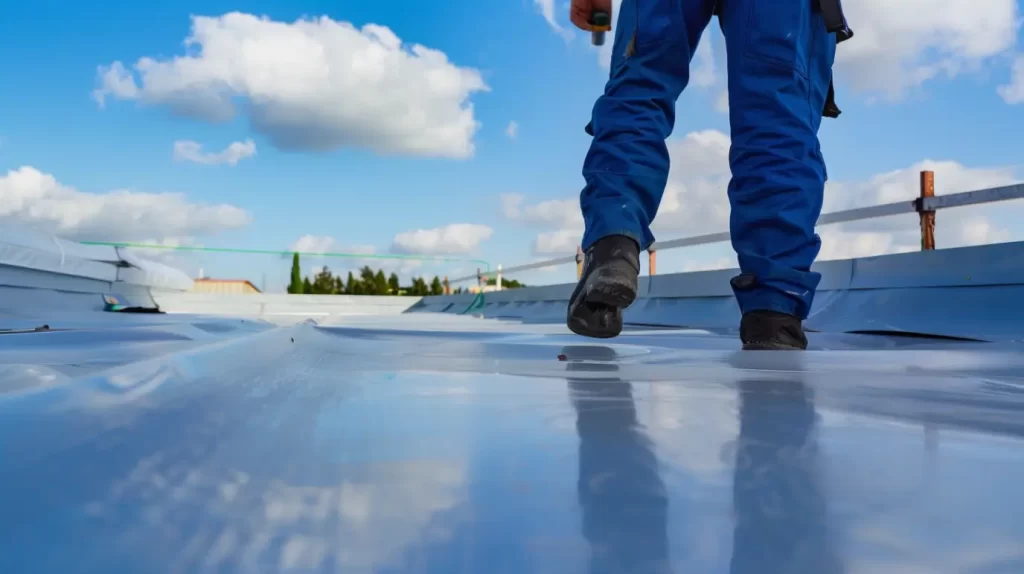Effective management of repairs across multiple buildings is crucial for maintaining operational efficiency. Emphasizing a proactive maintenance strategy not only addresses minor issues before they escalate but also reduces equipment downtime significantly. Facility managers face unique challenges in coordinating maintenance teams and schedules, ensuring tenant satisfaction amid necessary repairs, and managing costs. By prioritizing preventive maintenance and utilizing advanced analytics, organizations like Fontaine Roofing in Anaheim, CA can enhance asset reliability and extend the lifespan of equipment, ultimately achieving their maintenance goals.
Challenges of Managing Repairs Across Multiple Buildings
Multiple buildings present unique challenges in managing repairs, including effective resource allocation across varied locations. Coordinating different maintenance teams can lead to scheduling conflicts, impacting tenant satisfaction and operational demands. The complexity increases with unplanned downtime due to equipment failures or unexpected breakdowns, which can hinder overall efficiency. Balancing the needs of tenants and the need for consistent maintenance requires strategic planning, emphasizing the importance of regular inspections and the adoption of preventive maintenance strategies to mitigate major disruptions.
Contact Us
Coordinating Maintenance Teams and Schedules
Effectively managing maintenance teams and schedules necessitates a strategic approach to resource allocation. Facility managers must harmonize the availability of skilled technicians with the timing of required maintenance tasks, ensuring that preventive maintenance strategies are prioritized. Regular inspections and the implementation of a computerized maintenance management system (CMMS) can streamline these efforts, allowing for predictive maintenance and efficient work order management. By leveraging historical data and advanced analytics, teams can minimize unplanned downtime, ultimately enhancing operational efficiency and tenant satisfaction.
Balancing Tenant Needs and Operational Demands
Balancing the competing priorities of tenant needs and operational demands is crucial for effective facility management. An understanding of occupancy patterns and tenant requests allows facility managers to implement proactive maintenance strategies that keep residents satisfied while optimizing resource allocation. Clear communication between maintenance teams and tenants ensures that urgent issues are prioritized, minimizing the impact on daily operations. Leveraging historical data and analytics can further guide decision-making, allowing for a seamless integration of maintenance tasks into the overarching operational framework.

Strategies to Minimize Downtime During Repairs
Proactive maintenance planning is vital for extending equipment life and minimizing downtime. Preventive strategies like regular inspections and predictive maintenance enhance reliability. Staged repairs and asset rotation help facility managers address potential failures without disrupting operations, ensuring tenant satisfaction. By utilizing data analytics and maintenance history, property managers can anticipate equipment needs during repairs.
Our commitment to excellence is highlighted by our recognition as a GAF Master Elite Contractor, CertainTeed Shingle Master, Polyglass Preferred Contractor, and IB Roofing Systems Authorized Applicator. Our TRI certification and memberships in CACM, CAI, and NRCA further demonstrate our dedication to industry standards.
Proactive and Preventive Maintenance Planning
Successful management of repairs hinges on effective proactive and preventive maintenance planning. This approach not only enhances asset reliability but also significantly reduces unexpected breakdowns and associated repair costs. By implementing regular inspections and utilizing advanced analytics to monitor equipment health, facility managers can identify potential issues before they escalate. Moreover, a well-structured maintenance program allows for optimized resource allocation, ensuring that maintenance tasks are scheduled efficiently without disrupting tenant needs, thereby maintaining operational efficiency across all properties.
Staged Repairs and Asset Rotation Techniques
Implementing staged repairs allows facility managers to systematically address maintenance tasks without significant disruptions. By prioritizing critical assets based on their maintenance history and potential issues, teams can effectively allocate resources. Asset rotation techniques further enhance operational efficiency by distributing wear across multiple items, extending the lifespan of equipment while minimizing costs. Regular inspections and data analytics can identify signs of wear early, ensuring a proactive approach to maintenance that mitigates the risk of unexpected breakdowns and costly emergency repairs.

Leveraging Technology for Efficient Multi-Site Maintenance
Utilizing advanced technologies can significantly enhance the efficiency of multi-site maintenance. Computerized maintenance management systems (CMMS) streamline work orders, offering real-time visibility into maintenance tasks and asset performance. Implementing IoT sensors facilitates predictive maintenance by monitoring equipment health, thereby mitigating the risk of unexpected breakdowns. Coupled with data analytics, these tools empower facility managers to make informed resource allocations, reducing equipment downtime and associated costs while optimizing the lifespan of critical assets.
Computerized Maintenance Management Systems (CMMS)
Implementing a computerized maintenance management system (CMMS) revolutionizes the way facility managers approach maintenance tasks across multiple buildings. By leveraging data analytics, a CMMS provides insights into equipment health, enabling the proactive maintenance strategy necessary to reduce downtime. This system facilitates efficient resource allocation, ensuring that maintenance schedules align with tenant needs while minimizing disruptions. Enhanced tracking of maintenance history and work orders ultimately leads to cost savings and improved asset reliability, creating a positive impact on the bottom line.
Real-time Repair Tracking and Communication Tools
Utilizing real-time repair tracking and communication tools significantly enhances operational efficiency in facility management. Such platforms enable seamless coordination of maintenance teams, ensuring tasks are documented through work orders and updates on equipment health are relayed instantly. By harnessing advanced analytics and IoT sensors, property managers can anticipate potential issues, facilitating proactive maintenance strategies to prevent unexpected breakdowns. This approach not only minimizes unplanned downtime but also promotes effective resource allocation, thereby ensuring tenant satisfaction and bolstering the bottom line.

Scheduling Approaches That Keep Operations Running
Effective scheduling techniques play a critical role in maintaining seamless operations across multiple properties. Implementing after-hours and off-peak maintenance scheduling allows facility managers to address necessary repairs without disrupting tenant activities. Additionally, coordinating repairs strategically ensures that all maintenance tasks align with operational demands, minimizing the risk of unexpected equipment failures or unplanned downtime. By focusing on maintenance schedules tailored to both tenant needs and critical asset performance, property managers can achieve greater operational efficiency and customer satisfaction, ultimately protecting the bottom line.
After-Hours and Off-Peak Maintenance Scheduling
Strategically planning maintenance during after-hours and off-peak times significantly enhances operational efficiency without disrupting tenant experiences. Facility managers can allocate resources effectively, reducing equipment downtime on critical assets. Utilizing historical data allows for optimal scheduling, addressing potential issues before they escalate. Proactive maintenance strategies, such as regular inspections and preventative measures, further mitigate risks of unexpected breakdowns. By implementing this approach, property owners not only improve customer satisfaction but also optimize maintenance costs in the long run.
Coordinating Repairs Without Interrupting Productivity
Effective coordination of repairs is crucial to maintaining productivity across multiple buildings. By utilizing advanced analytics and a computerized maintenance management system (CMMS), facility managers can schedule repairs proactively during downtimes or off-peak hours. This strategic planning ensures minimal disruption while addressing maintenance tasks. Regular inspections of critical assets help identify potential issues before they escalate into costly repairs, ultimately enhancing equipment reliability and operational efficiency. Such measures safeguard tenant satisfaction and uphold safety standards throughout the facilities.

Cost-Effective Solutions for Maintaining Multiple Properties
Implementing consolidated vendor partnerships can yield significant cost savings when managing repairs across multiple properties. By negotiating bulk service discounts, facility managers can optimize resource allocation while ensuring high-quality maintenance efforts. Additionally, budgeting for predictive and preventive maintenance reduces the likelihood of costly emergency repairs, allowing management teams to address potential issues proactively. Utilizing maintenance data and historical trends enhances decision-making processes, assuring that critical assets are maintained in optimal condition and operational efficiency is maximized long-term.
Consolidated Vendor Partnerships for Bulk Service Discounts
Establishing consolidated vendor partnerships is vital for effective facility management across multiple buildings. These collaborations can lead to significant bulk service discounts, reducing maintenance costs while enhancing service quality. By centralizing procurement and leveraging collective bargaining power, property managers gain access to more favorable pricing structures and reliable service providers. This strategic resource allocation not only ensures the timely completion of maintenance tasks but also fosters long-term relationships that contribute to enhanced equipment reliability and overall operational efficiency.
Budgeting for Predictive and Preventive Maintenance
Allocating resources for predictive and preventive maintenance is crucial for maintaining equipment reliability and extending asset life. By analyzing historical data and equipment health indicators, facility managers can forecast potential failures, enabling them to budget effectively for regular inspections and necessary spare parts. Establishing a detailed maintenance program not only reduces unplanned downtime but also ensures operational efficiency, allowing organizations to mitigate expensive emergency repairs. Investing in a proactive maintenance strategy ultimately contributes to long-term cost savings and enhances customer satisfaction.
Trust the Experts
Effective management of repairs across multiple buildings is pivotal for sustaining operational efficiency and ensuring tenant satisfaction. By implementing proactive maintenance strategies and leveraging technology, facility managers can significantly mitigate downtime while enhancing asset reliability. Companies like Fontaine Roofing in Anaheim, CA, exemplify how prioritizing regular inspections and utilizing data analytics fosters a comprehensive maintenance program that addresses potential issues before they evolve into costly repairs. Embracing these methodologies not only streamlines maintenance tasks but also solidifies a foundation for long-term success, safeguarding the bottom line and maximizing resource allocation.
Read our blog: Comparing Roofing Materials for Community Associations
Frequently Asked Questions
What are the most common scheduling mistakes to avoid during multi-building repairs?
Common scheduling mistakes in multi-building repairs include neglecting to account for tenant schedules, failing to communicate effectively with maintenance teams, underestimating repair time, and not prioritizing urgent issues. Avoiding these pitfalls ensures smoother operations and minimizes disruption across properties.
Which type of maintenance provides less downtime in production?
Proactive and preventive maintenance strategies significantly reduce downtime in production by addressing potential issues before they escalate. Implementing regular inspections, routine servicing, and timely repairs ensures equipment remains operational, minimizing disruptions and enhancing overall efficiency across multiple buildings.

